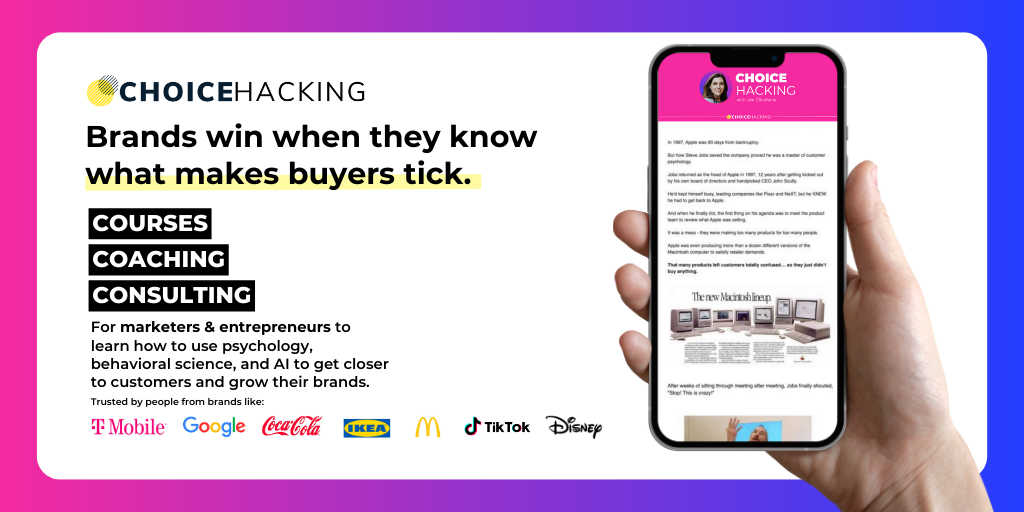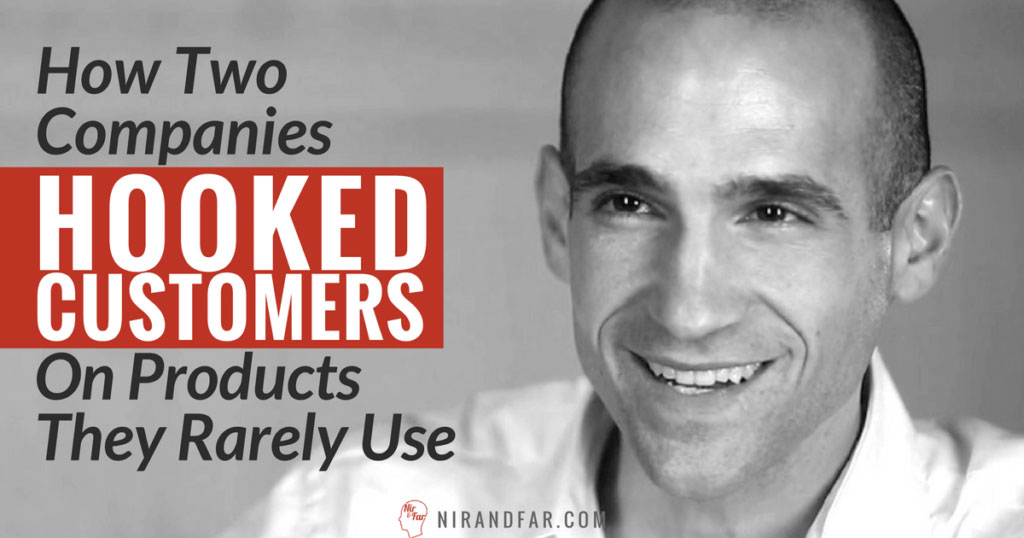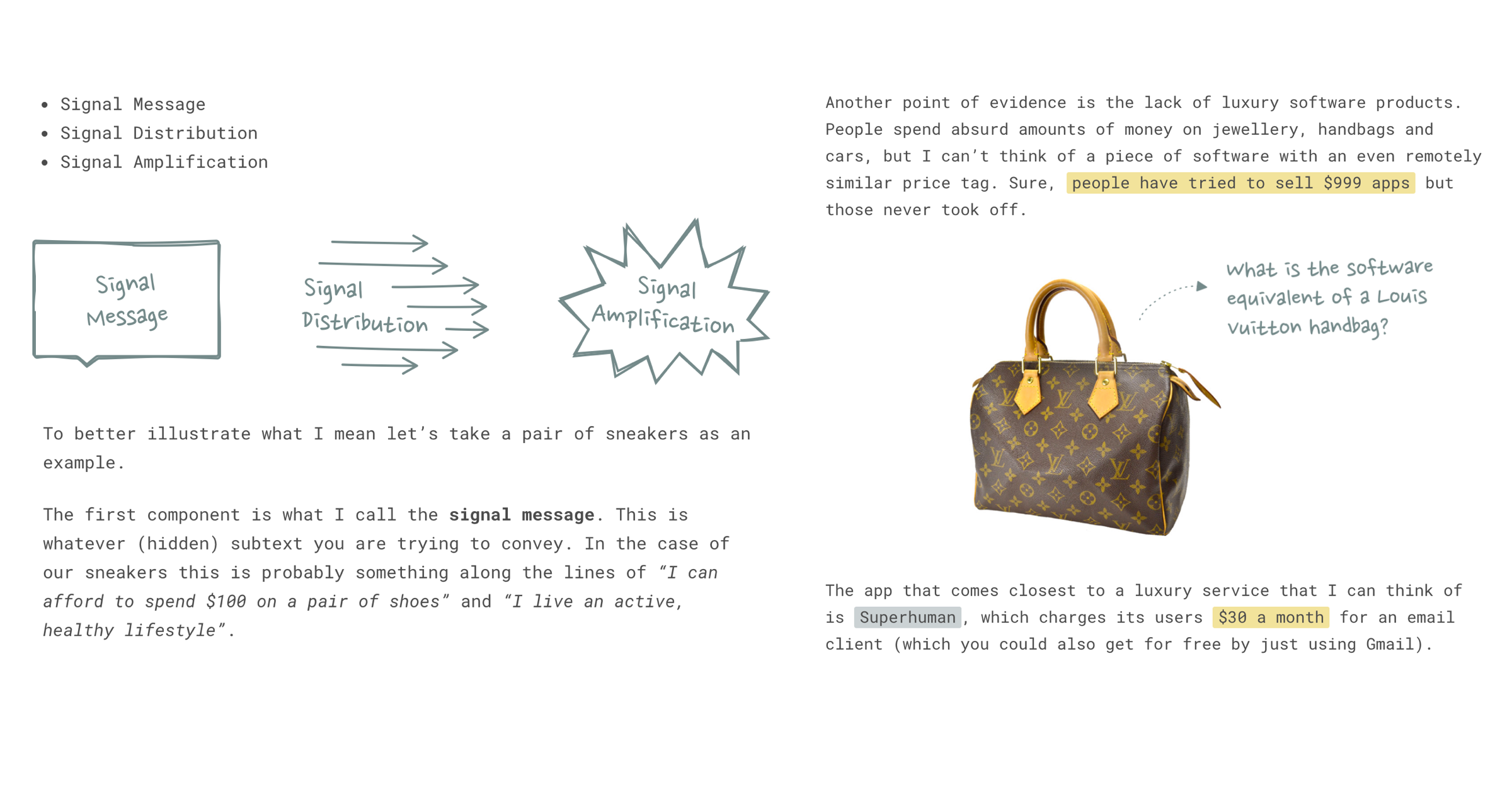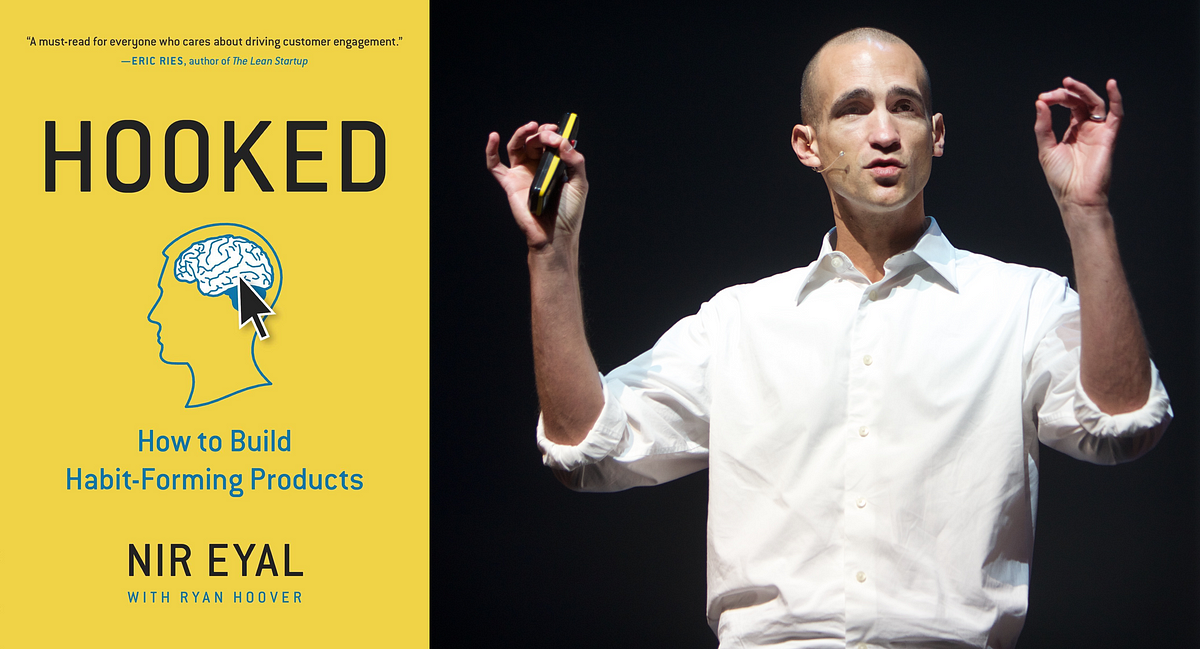behaviors/prodmgmt
Correction fluids have improbably outlasted the typewriter and survived the rise of the digital office.
Learn how to create customer habits using powerful triggers like time, mood, location, and social influences. Discover techniques to boost product usage.
Unsure where to start? Use this collection of links to our articles and videos to learn about some principles of human psychology and how they relate to UX design.
On a flight from Paris to London in 1983 Jane Birkin, an Anglo-French chanteuse and actress, spilled the contents of her overstuffed straw...
by John MahoneyThis is a bucket of chum. Chum is decomposing fish matter that elicits a purely neurological brain stem response in its target consumer: larger fish, like sharks. It signals that they should let go, deploy their nictitating ...
Why might people decline an offer of up to $10,000 just to keep their feet on the ground?
Not every business needs to have habit-forming products. Here's how two companies hooked customers and formed habits with products they rarely used.
Many new products fail because their creators use an ineffective market segmentation mechanism, according to HBS professor Clayton Christensen. It's time for companies to look at products the way customers do: as a way to get a job done.
It can be more important than word of mouth.
01 Intro One of the best books I have read in the last few years is The Elephant in the Brain by Robin Hanson and Kevin Simler. The book makes two main arguments: a) Most of our everyday actions can be traced back to some form of signaling or status seeking b) Our brains deliberately hi
New research indicates that consumers are catching on and may be annoyed by certain nudges, potentially limiting their effectiveness.
Your product can’t suck. That’s a given. But it’s also not enough to be a good product that doesn’t hook your customer and connect to their pain points.
Are consumers more likely to buy if they see the price before the product, or vice versa? Uma Karmarkar and colleagues scan the brains of shoppers to find out.
Hello, my name is Andrew, and I can’t stop disagreeing.
From ATMs to automated checkouts to fast food.
The ability to get issues on the table and work through them constructively is critical to having a healthy culture. Managers can normalize productive conflict on your team by using an exercise to map out the unique value of each role and the tensions that should exist among them. Draw a circle and divide that circle into enough wedges to represent each role on your team. For each role, ask: What is the unique value of this role on this team? On which stakeholders is this role focused? What is the most common tension this role puts on team discussions? Answer those questions for each member of the team, filling in the wedges with the answers. As you go, emphasize how the different roles are supposed to be in tension with one another. With heightened awareness and a shared language, your team will start to realize that much of what they have been interpreting as interpersonal friction has actually been perfectly healthy role-based tension.
Tips from successful campaigns promoting everything from shapewear to prostate health.
There has been a lot of discussion in the design world recently about "change aversion." Most of the articles about it seem to be targeting the new Google redesign, but I've certainly seen this same discussion happen at many companies when big changes aren't universally embraced by users.
Driven by buyers' need for consistency and explanation, the most popular pricing method uses a surprisingly simple formula based on size.
A Guide to Reddit, Its Key Competitive Advantages, and How to Unbundle It
The history of technology is one of subtracting humans and replacing them with machines. Do the unintended consequences include creating shoplifters?
The best detectives seem to have almost supernatural insight, but their cognitive toolkit is one that anybody can use
As Spotify turns 15 this month, we look at 15 ways the streaming giant has changed, reinvented and reshaped music and the music business.
Think you got a good deal? Look again.
Imagine you could work more and be wildly productive. And you wouldn’t need to force yourself to work.
An introduction to forming hypothesis statements for product experimentation.
Some products sell themselves, but habits don’t. They require a bit of finesse.
Hello, my name is Andrew, and I can’t stop disagreeing.
Leaders need to lead by example using OKRs, showing that they are equally as committed to successful outcomes as anyone on the front lines of the business.
Consumer needs spark consumer journeys. How can marketers identify those needs and address them? The latest consumer research from Google will help.
Nir Eyal’s Hooked Model explains how games keep players coming back.
Understanding user behavior is key to understanding how users interact with your product. Here are 15 steps to analyze & change their interactions to your benefit.
The mysteries of consumer behavior, explained by ice cream and independent bookstores.

:extract_focal()/https%3A%2F%2Fcdn.theatlantic.com%2Fassets%2Fmedia%2Fimg%2Fmt%2F2019%2F03%2FGettyImages_103742864%2Flead_720_405.jpg%3Fmod%3D1552587838)


















:extract_focal()/https%3A%2F%2Fimages.theconversation.com%2Ffiles%2F257627%2Foriginal%2Ffile-20190207-174890-1btlu70.jpg%3Fixlib%3Drb-1.1.0%26q%3D45%26auto%3Dformat%26w%3D496%26fit%3Dclip)


:extract_focal()/https%3A%2F%2Fpocket-syndicated-images.s3.amazonaws.com%2Farticles%2F3373%2F1582216096_GettyImages-1142992009.jpg)





